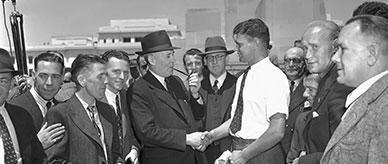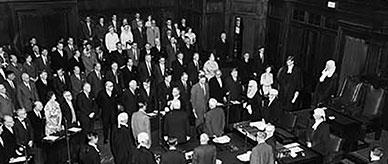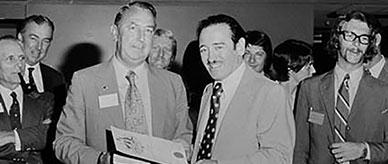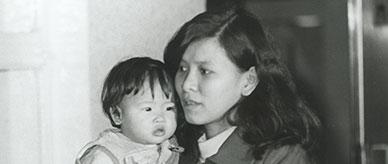
Restricted communication to all consular posts on entry of non-Europeans to Australia.
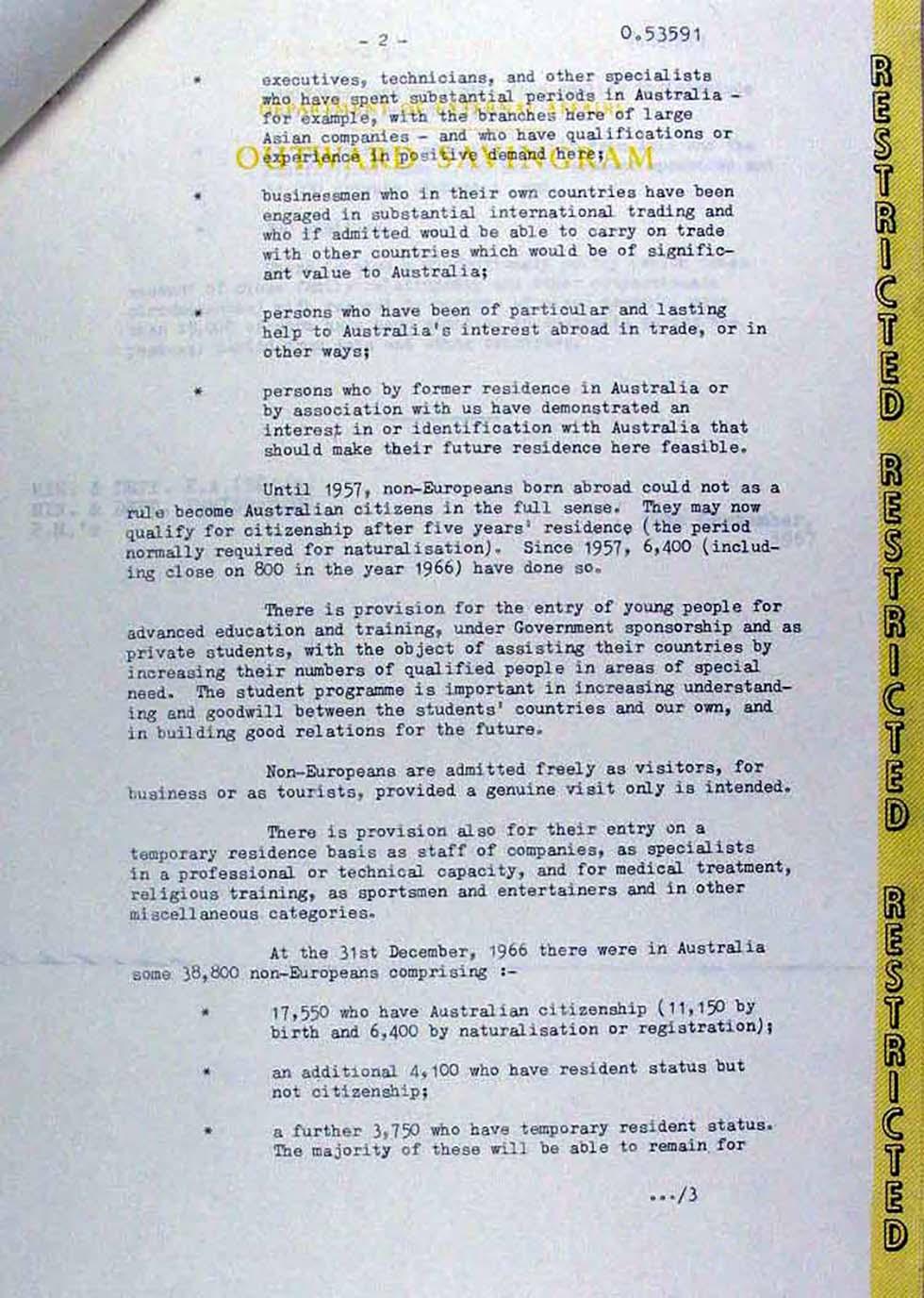
Restricted communication to all consular posts on entry of non-Europeans to Australia.
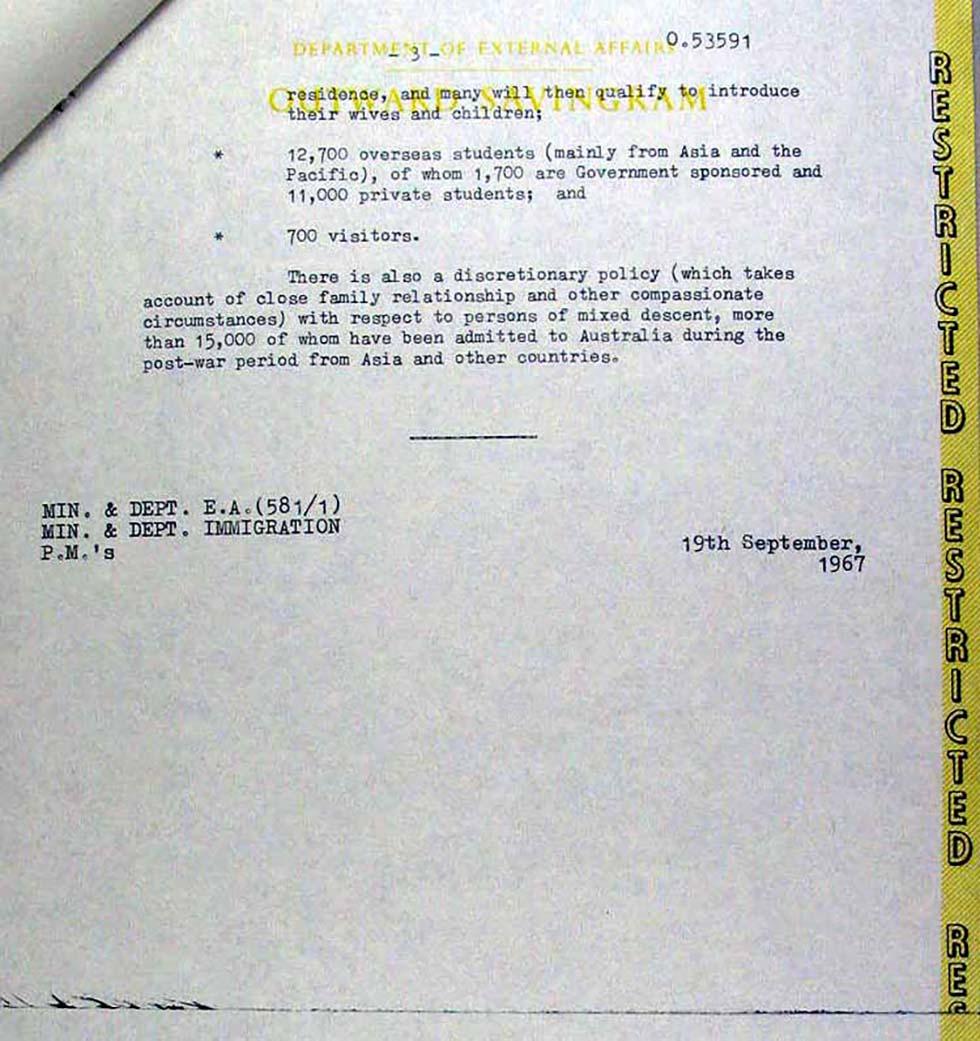
Restricted communication to all consular posts on entry of non-Europeans to Australia.


